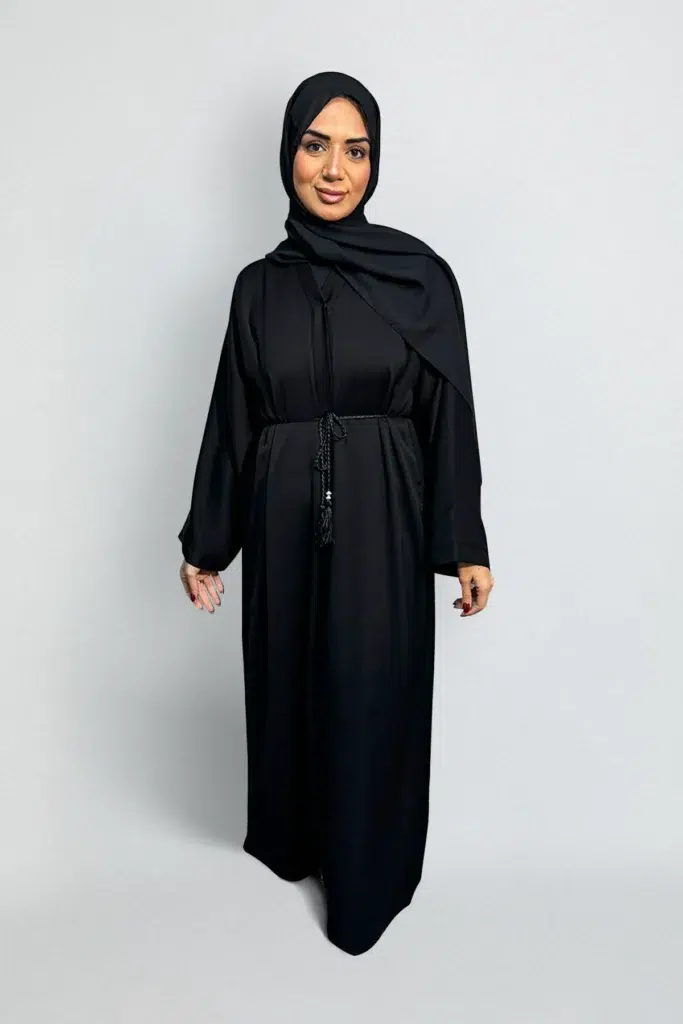In a fashion world that seems to change and shift at an almost bewildering pace, it is refreshing to know that timeless classics such as the abaya will always be there as a symbol that maintains its fundamental design and principles whilst remaining contemporary and relevant.
What is fascinating about the abaya is that sense of anchored flux; there are countless different materials, patterns, textures and styles, all of which are based around a relatively universal design rich in heritage and elegance.
To understand why, it is important to explore where the abaya came from, why it is worn and how it has changed in subtle but important ways that have ensured it always has a place.
Where Did The Abaya Come From?
As a traditional garment, the abaya is a cloak that has been worn for thousands of years, typically as a floor-length outer garment in Mesopotamia and other parts of the ancient Middle East.
Whilst historic cloaks were worn by men and women, over the years the abaya evolved to be primarily associated with women as a symbol of modesty, grace and social status. The male equivalent became an early form of the jalabiya.
This change began with the establishment and proliferation of Islam, and up until the 20th century, tended to be designed around function rather than fashion.
Why Is The Abaya Worn?
The abaya was a practical garment that covered women for protection from the elements, but the primary reason why it is worn today is based on a particular passage in the Quran (33:59), which instructs women to cover themselves with a loose garment, the particularities of which vary by translation.
Whilst the abaya is not mentioned specifically, it is one of the most versatile and comfortable ways to follow this principle, as it is loose-fitting and comfortable at all times of the year.
How Has The Abaya Evolved?
Traditionally, the abaya has primarily been limited in both design and in colour, with many, if not most, historic abayas being black in colour to best maintain that sense of modesty.
Many people still wear black abayas, but over the past century, there has been a significant evolution in their design that maintains the principle of modesty but allows room for self-expression, style, fashion and empowerment.
This is similar to how hijabs with brighter colours, patterns and designs have become more widely available.
You can find abayas in a wide range of fabrics and any colour you can imagine, but beyond that, there have been more experiments in embellishments and designs that have created a new fashion language.
Lighter fabrics have meant that there is an abaya for all seasons and occasions, prioritising modesty, comfort and style.
The additions of elaborate lacework, sequins, beads and bolder uses of colour, shade and pattern have created a new generation of modest fashion.
As the abaya has become more popular around the world, it has adapted elements of other cultural or fashion traditions, such as the kimono, to create a statement of its own that allows for empowerment and expression whilst retaining the fundamental principles of modesty and elegance.

